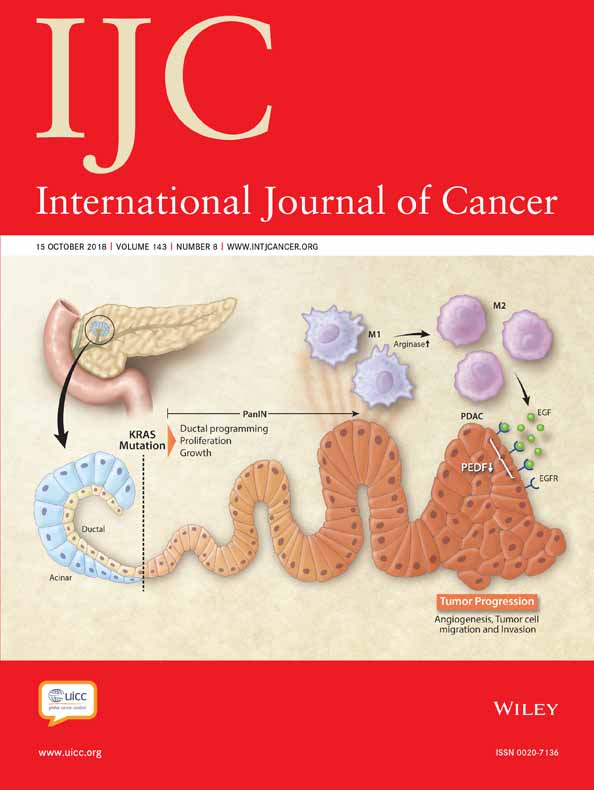Dietary Intake of Advanced Glycation End Products (AGEs) and Mortality among Individuals with Colorectal Cancer
Advanced glycation end-products (AGEs) may promote oxidative stress and inflammation and have been linked to multiple chronic diseases, including cancer. However, the association of AGEs with mortality after colorectal cancer (CRC) diagnosis has not been previously investigated. Multivariable Cox proportional hazards models were used to calculate hazard ratios and corresponding 95% confidence intervals for associations…












